Stories Category: Intensive Care

Barriers to Regaining Control within a Constructivist Grounded Theory of Family Resilience in ICU
This paper discusses families' experiences of their interactions when a relative is admitted unexpectedly to an Australian ICU. A grounded theory methodology was adopted for the study. Data was collected between 2009−2013,... read more
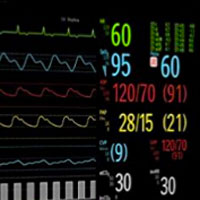
Medical Device Interoperability 4.0: Disruptive Innovation for the ICU
Medical Device Interoperability in the ICU did not undergo any significant innovation in the past 30 years. This is the reason why data integration of medical device data into Electronic Medical Records (EMR/EHR) and Population... read more

Comparing Use of Low-Value Health Care Services Among U.S. Advanced Practice Clinicians and Physicians
Many physicians believe that advanced practice clinicians (APCs) provide care of relatively lower value. APCs and physicians provided an equivalent amount of low-value health services, dispelling physicians' perceptions... read more
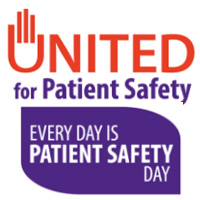
The History of Patient Safety Awareness Week: March 12-18
The NPSF launched the first Patient Safety Awareness Week in 2002. This annual and globally recognized event typically occurs during the month of March. This year's Patient Safety Awareness Week will take place from... read more

New Guideline Will Allow First-Year Doctors to Work 24-Hour Shifts
First-year doctors in training will now be permitted to work shifts lasting as long as 24 hours, eight hours longer than the current limit, according to a professional organization that sets work rules for graduates from... read more
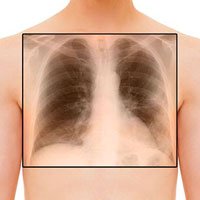
Opening pressures and atelectrauma in ARDS
Data show that the prerequisites of the open lung strategy are not satisfied using PEEP up to 15 cmH2O and plateau pressure up to 30 cmH2O. For an effective open lung strategy, higher pressures are required. Therefore,... read more

Care that Matters: Quality Measurement and Health Care
Barry Saver and colleagues caution against the use of process and performance metrics as health care quality measures in the United States. There is limited evidence that many "quality" measures - including those... read more

Association of Ratio-Based Massive Transfusion With Survival Among Patients Without Trauma
Association Between Ratio of Fresh Frozen Plasma to Red Blood Cells During Massive Transfusion and Survival Among Patients Without Traumatic Injury. This study reports on the use and benefits of ratio-based blood product... read more
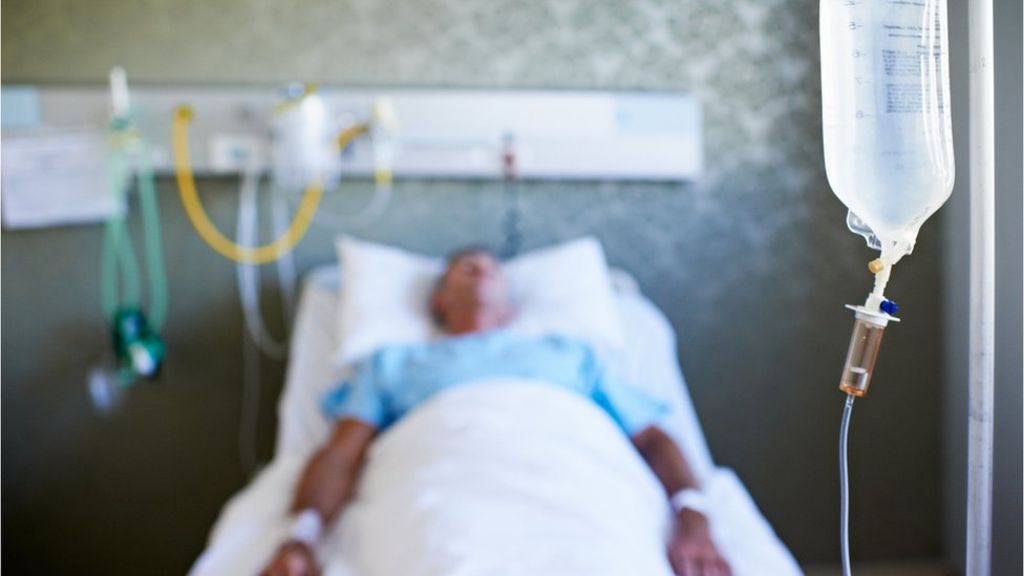
The biggest killer you may not know
It kills more than bowel, breast and prostate cancer combined. A report in 2015 said four in 10 patients being admitted to accident and emergency units were not being reviewed quickly enough and uncovered delays in giving... read more
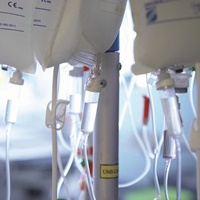
National ICU Quality Indicators Revisited
The use of QI at a national level is a suitable method to focus on quality in healthcare. Independently of public access to the results, a local or national ICU network will have a lot to gain from engaging in the process... read more

Efficacy and safety of ticagrelor versus aspirin in acute stroke or transient ischaemic attack of atherosclerotic origin
Efficacy and safety of ticagrelor versus aspirin in acute stroke or transient ischaemic attack of atherosclerotic origin: a subgroup analysis of SOCRATES, a randomised, double-blind, controlled trial. In this prespecified... read more
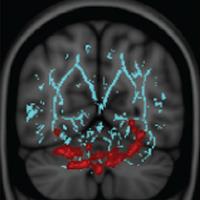
Cerebral Microbleeds as Predictors of Mortality
Cerebral microbleeds (CMB) represent a common magnetic resonance imaging marker of cerebral small vessel disease, increasingly recognized as a subclinical marker of stroke and dementia risk. CMB detection may reflect the... read more
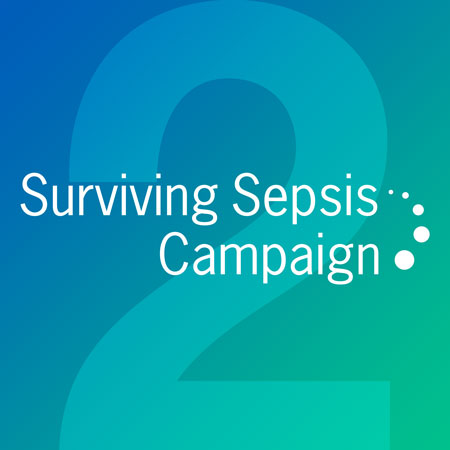
Why the New Sepsis Guideline Changed
Recent guidelines for how to best manage septic shock have changed. Gone are recommendations for central venous oxygen saturation monitoring and goal-directed therapy. In is the concept that septic shock be treated as an... read more
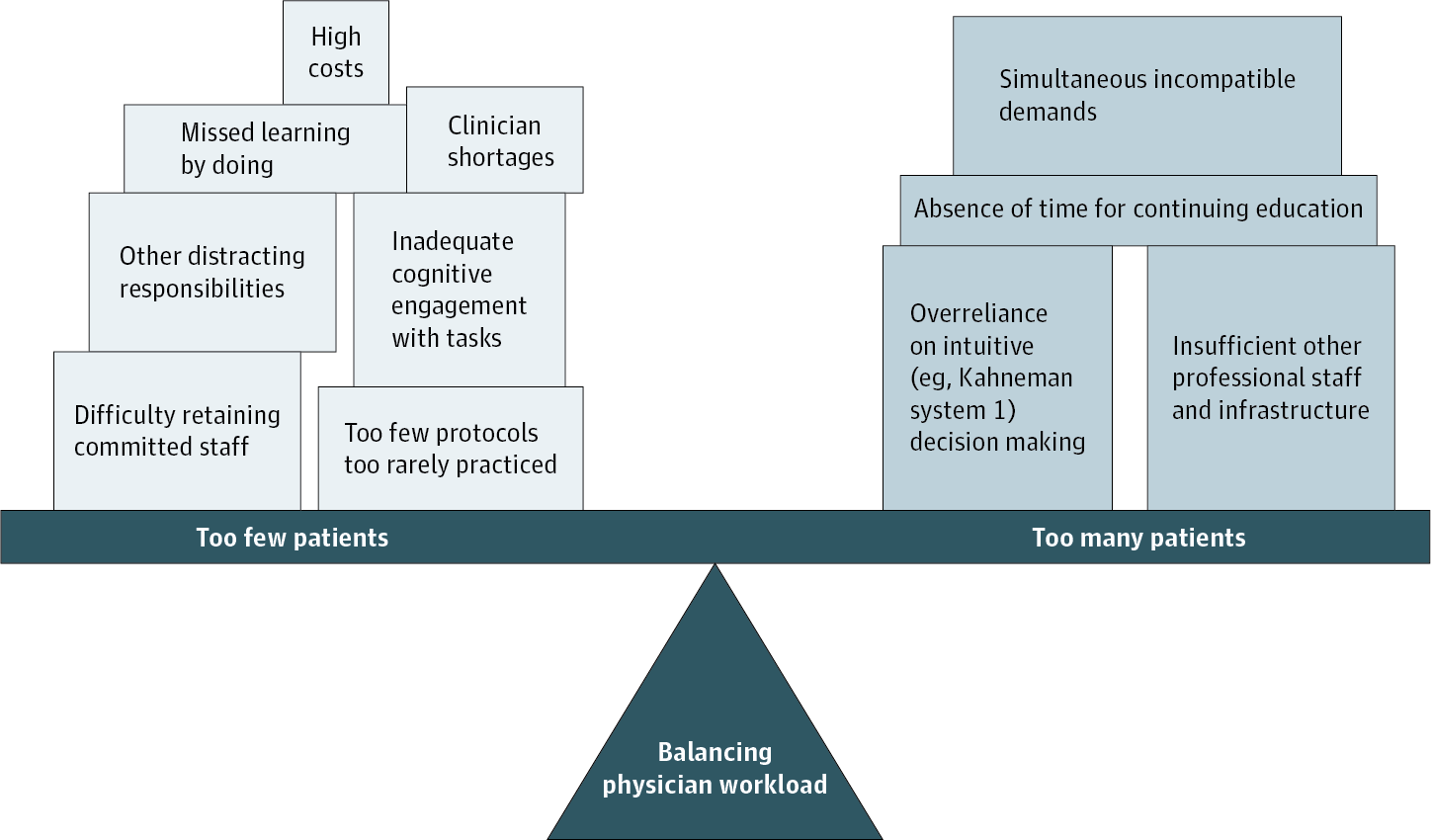
Toward the Ideal Ratio of Patients to Intensivists
More than 5.7 million patients are admitted annually to an intensive care unit (ICU) in the United States, accounting for approximately 20% of all acute care admissions. With the aging population and its increasing comorbidity... read more

No IV Hydration for Contrast Nephropathy? AMACING Trial Challenges a Cornerstone of Prophylaxis
A Dutch study undercutting the established role of hydration in preventing kidney damage during procedures is raising eyebrows. Dutch researchers are calling into question one of the cornerstone practices of cath labs and... read more

Decreased cytokine production by mononuclear cells after severe gram-negative infections
Failure of circulating monocytes for adequate cytokine production is a trait of sepsis-induced immunosuppression; however, its duration and association with final outcome are poorly understood. Defective TNF-α production... read more
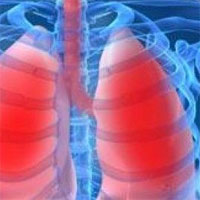
Effects of Neuromuscular Blockers on Transpulmonary Pressures in Moderate to Severe ARDS
Thirty patients were included, 24 with moderate ARDS and 6 with severe ARDS. NMBA infusion was associated with an improvement in oxygenation in both moderate and severe ARDS, accompanied by a decrease in both plateau pressure... read more








